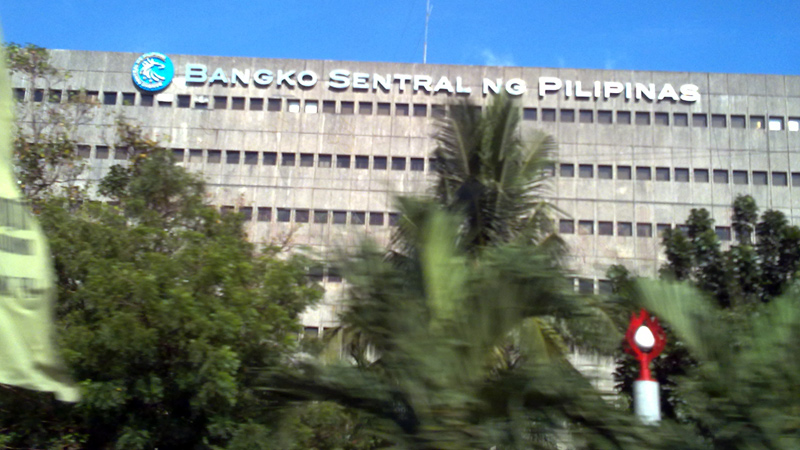Central bank chief Amando M. Tetangco Jr. shrugged off fears that the peso’s recent weakness would destabilize consumer price movements, citing structural improvements in the economy that have made the country less susceptible to external shocks.
He said the Bangko Sentral ng Pilipinas (BSP) has more than enough foreign exchange reserves that it could draw on to calm foreign exchange markets should the peso’s decline be sustained.
“If we isolate the impact of the peso, I don’t think it’s going to be significant,” Tetangco said Tuesday.
Speaking at the sidelines of the government’s midyear Philippine economic briefing, the BSP governor reiterated that over the years, “pass-through” effects of foreign exchange movements on inflation have gone down. This refers to the effect of the peso’s value on imported consumer goods such as food, fuel and other items that could bring up the overall average. On Monday, the peso touched the 45-to-$1 level before closing at 44.995: $1, its lowest in four months.
The local currency Tuesday closed at 44.875 to a dollar.
Protecting the public’s purchasing power by keeping consumer prices stable is the BSP’s main role.
For September, the BSP expects inflation to average between 4.1 and 4.9 percent compared to August’s 4.9 percent. This year’s inflation target was set at 3 to 5 percent.
Tetangco reiterated that the BSP would continue to allow market forces to drive the peso’s value, although the central bank reserves the right to intervene in the market to smoothen out spikes. Market intervention is done through the BSP’s use of its gross international reserves (GIR) for the buying and selling of dollars, which influence the peso’s value.
The Philippines has $80.95 billion in dollar reserves as of the end of July, which are enough to cover 11 months worth of exports and 8.5 times the country’s short-term debt based on original maturity.
Apart from the peso, currencies in the region have depreciated against the US dollar due to shifting investor sentiment to favor the world’s largest economy. This came following a string of positive economic data for the United States. Last week, official data showed the American economy in the second quarter grew by 4.6 percent—its best performance since 2011.
This fueled speculation that the US Federal Reserve, which is expected to halt its monetary stimulus in October, would raise interest rates sooner than most market players expect.
According to Tetangco, the peso has fared well in the region in terms of stability, if not in terms of the change in its value.
